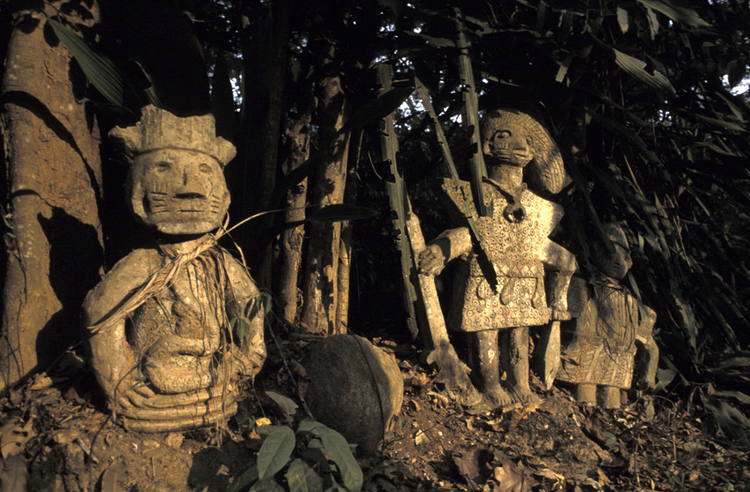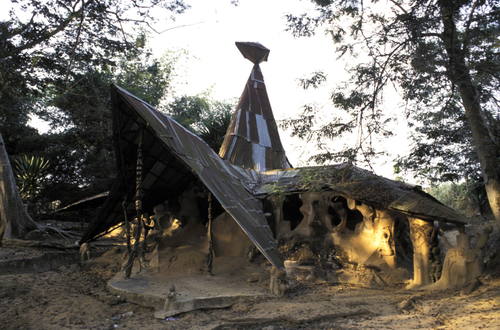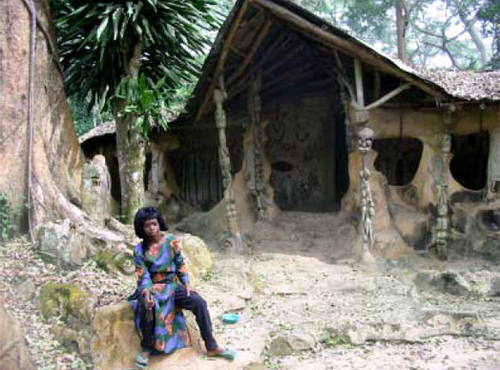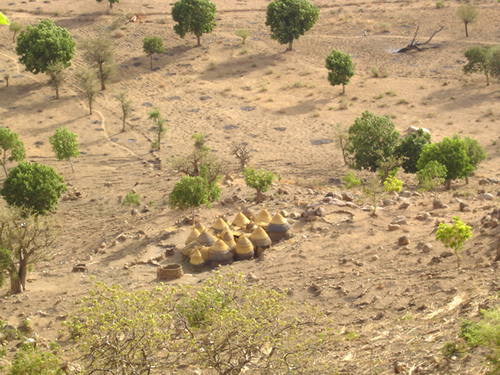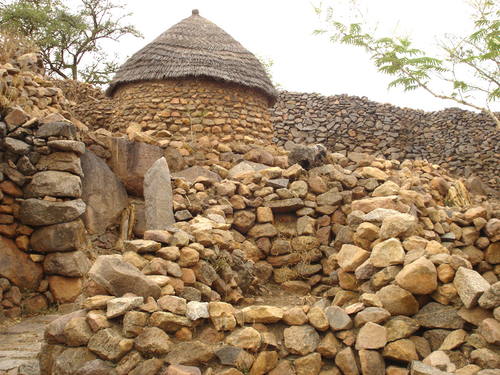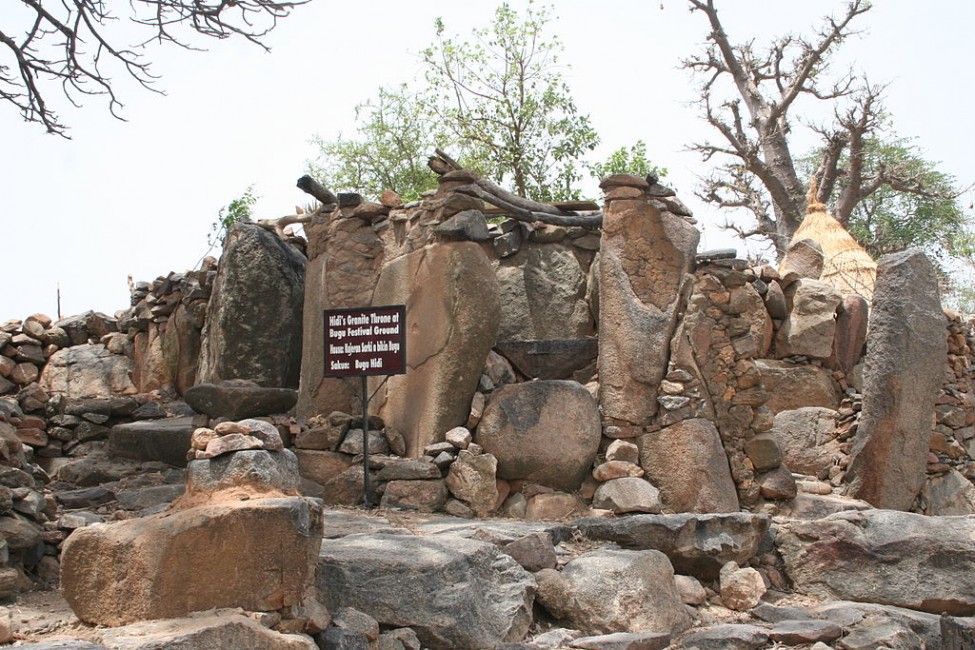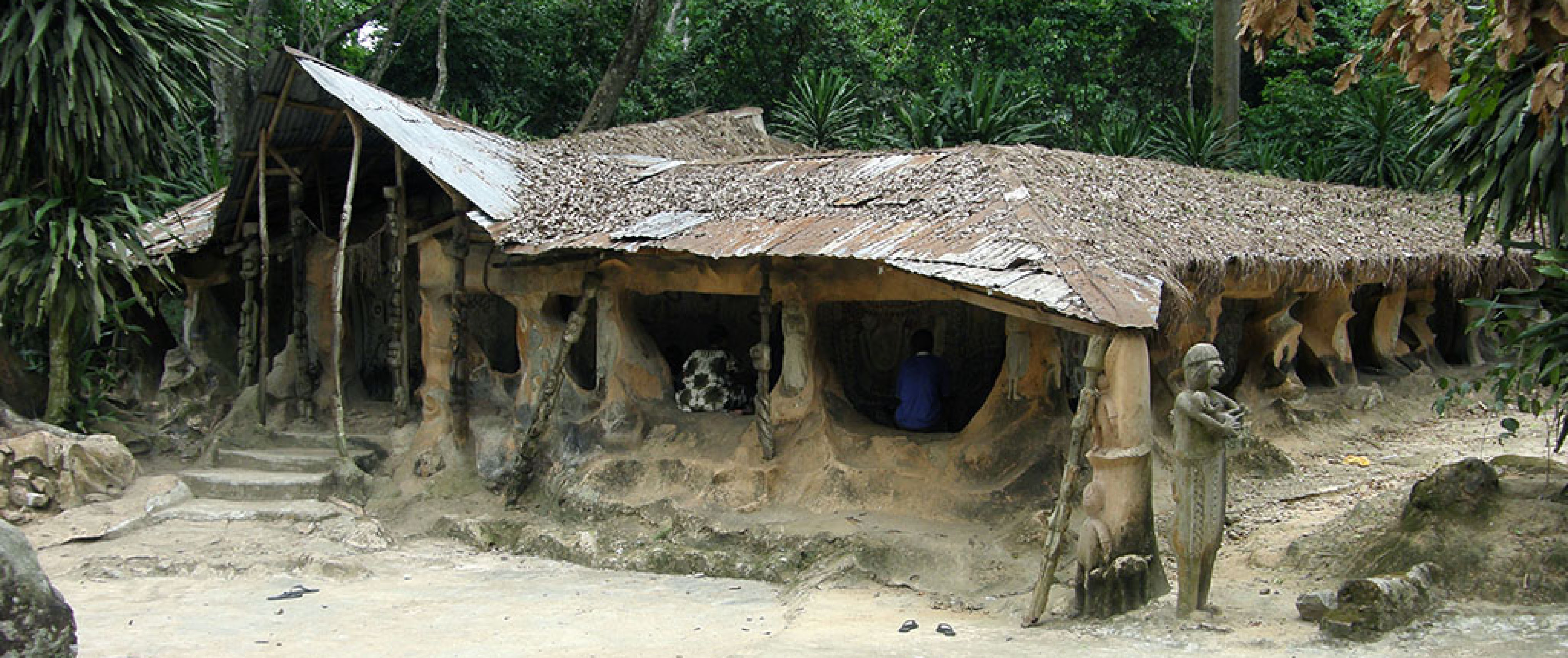
UNESCO aims to encourage the identification, protection and preservation of cultural and natural heritage around the globe that has been deemed to be of “outstanding value to humanity.” This is encapsulated in the international treaty, the Convention Concerning the Protection of the World Cultural and Natural Heritage, adopted by UNESCO in 1972.
Nigeria is the home of two World Heritage Sites: Osun Osogbo Sacred Grove and Sukur Cultural Landscape
Osun Osogbo Sacred Grove
The Osun-Osogbo Sacred Grove is a venerated forest that lies on the outskirts of the city of Osogbo, Osun State, Southwest Nigeria. This sacred forest runs along the banks of the Osun River. The Osun Osogbo Sacred Grove was inscribed as a UNESCO World Heritage Site in 2005.
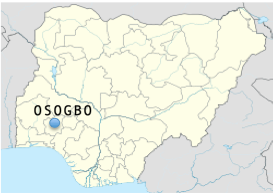
Dedicated to Osun, the Yoruba goddess of fertility, the sacred area was established more than four centuries ago and is the largest of the sacred groves that have survived. A century ago, there were a plethora of sacred groves throughout Yorubaland; however, due to the disappearance of many of these groves the Osun Osogbo’s has become emblematic of the Yoruba people and their culture.
The landscape of the grove is characterised by the meandering Osun River and is dotted with sanctuaries, shrines, sculptures and other impressive works of art in honour of Osun and other deities.
With its plethora of consecrated figures and its meandering river, the grove not only serves its purpose as a huge tourist attraction, but it is also an active religious site, with priests and followers of Osun actively worshipping on its grounds.
To learn more about the Osun Osogbo Grove visit the UNESCO/WHC website
Sukur Cultural Lanscape
Sukur Cultural Landscape, the first landmark to be inscribed as a UNESCO World Heritage Site in 1999, is located in Madagali local government area of Adamawa State along the Nigeria/Cameron border. Sukur is an ancient settlement that lies at the top of a hill, which stands at an impressive elevation of 1045m.
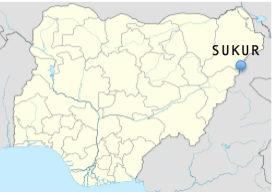
One of the most impressive features of Sukur’s landscape is the Hidi’s palace that serves as the home of the spiritual and political head of the community. The palace is embellished by exceptional dry stone architectural work and is surrounded by an impressive array of ceramic shrines.
In the words of Hidi Sukur Gizik “the people here have a long history of working with stone and iron, and it is remarkable that they have formed a whole series of light dances, and even speak a soft language, that sits easily on the tongue. It is striking that from the heavy stones has emerged a people noted for their light dances, swift movements and soft words.”
Thus, the villages situated below the Hidi’s Palace tell an arresting narrative, not only aesthetically, but socially and economically. The indigenous architecture is reminiscent of its ancient community; dry stonewalls are used as social markers and defensive enclosures, the conical stone wells are of considerable economic importance, and the remains of disused iron furnaces reflect that Sukur was once an iron smelting hub.
To learn more about Sukur Cultural Landscape visit the UNESCO/WHC website

